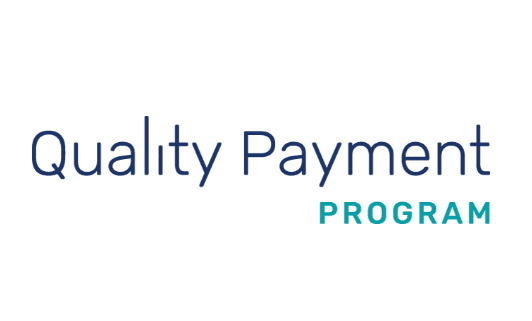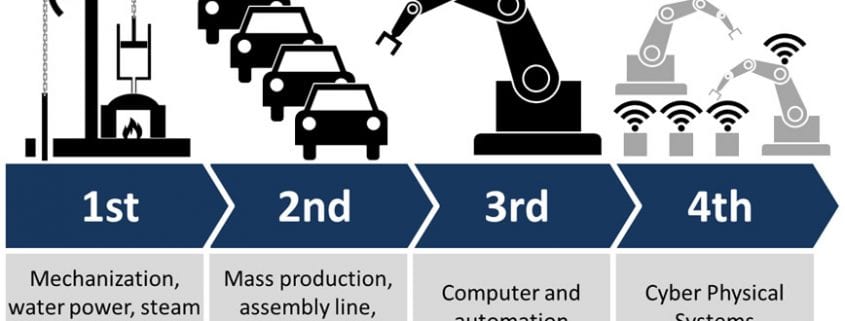At some point in all of our lives, each of us has been a patient. Each of us has faced the benefits, trials, and tribulations of getting care, but very few of us have stood in the shoes of our physician. So, let’s take a look at what it can look like to be a doctor using an EMR system…
First, let’s talk about change. Most of us have undergone frustrating change at work. A change of leadership, new regulations or a new kind of copy paper. But how many of us have undergone a full up-end in our workflow process?
Widespread adoption of the Electronic Medical Record (EMR) system as the new way to organize and store patient data began in 2014 (//bit.ly/2NNghtd), prior to this time processes were largely paper and pen and manually filed.
As of 2015,
- 86.9% of office-based physicians were using an EMR/EHR system (//bit.ly/2xs9SdF)
This process changed the way medical staff stored and communicated data and while there has been shown to benefit from the shift, the process was long and arduous. Remember that time you had to use Excel for the first time, yeah like that, times 100. Additionally, this change came along with a slew of new regulatory guidelines and reporting rules.
So how has life, post-EMR implementation? One study found that:
- Physicians spend 49.2% of their time doing paperwork and EHR work
- Physicians spend 27% of their time with patients.
- 37.0% of this time with the patient was doing paperwork and EMR work (//bit.ly/2MBRXpG)
With so much time being dedicated to working, physicians are on a tight schedule to maintain their patient load and their desk work.
So how often does this schedule not work out as planned? One study found that:
- 75% of physicians fall behind in their appointment schedule at least once a week.
Of this 75%:
- 79% said that the reason for falling behind was that they spent more time than a single visit time allotment with patients.
- 66% said the reason was that patients were late or didn’t have time to fill out the paperwork.
- 49% spent time between appointments recording notes.
- 78% said that appointments are booked too tightly together or were overbooked.
When asked, physicians listed things that they believed would improve their efficiency:
- 43% said better technology
- 38% said more non-clinical staff
- 29% said fewer patients scheduled
- 19% said more administrative staff (//wb.md/2Ni7joa)
The healthcare system as we know it has numerous opportunities for improvement across the board, but it is important to understand the challenges facing each participant. A collective understanding moves us closer to being able to stand in each others’ shoes and work together to improve the healthcare experience at every level.
To learn more about how cliexa is solving these problems, download our FREE PDF on Chronic Care Management, and how to streamline clinical workflow.





